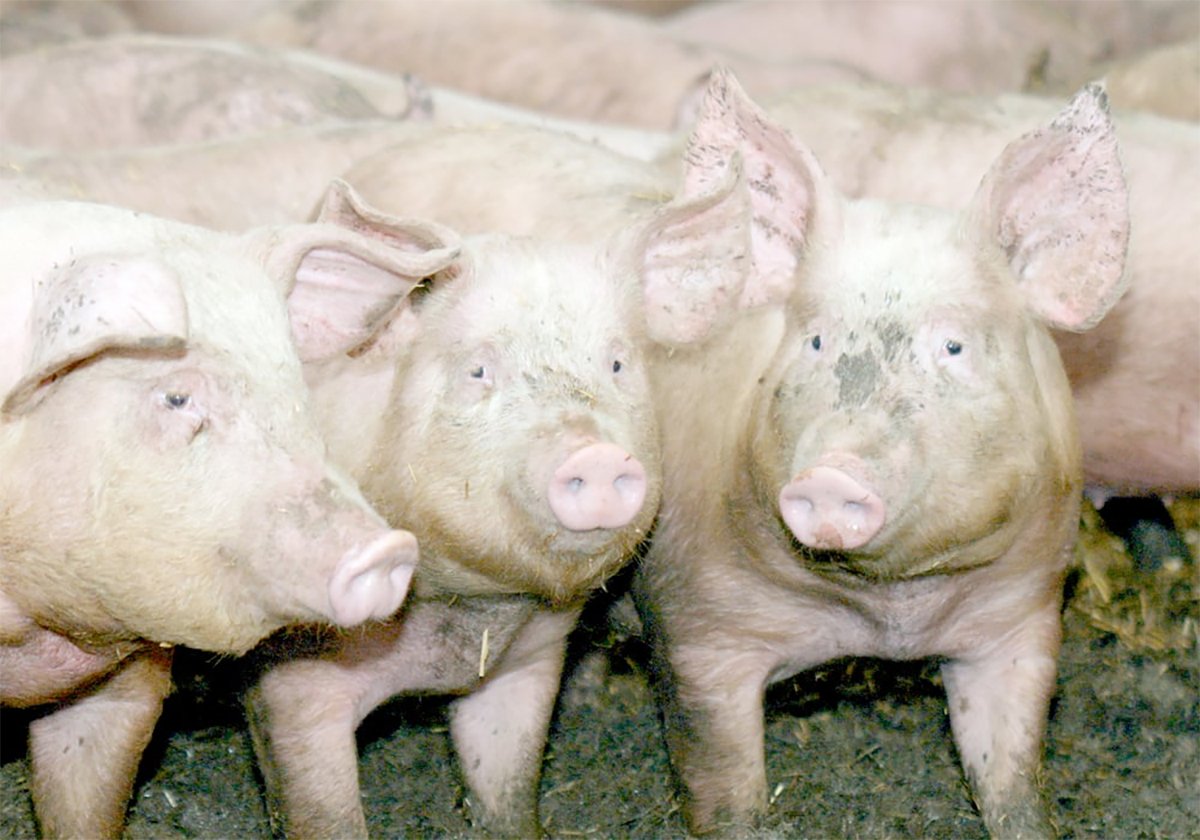Lamb markets are holding their own across the country with most of the action in Ontario.
“That’s where the big market is for our product,” said Doug Laurie of North Country Sheep and Goat Sales at Edmonton.
Tony Stolz, Alberta Sheep and Wool Commission manager, agreed.
“Lambs are shipped East where the price is perceived as better,” he said.
Most of the lamb is slaughtered in provincial plants in Ontario and finds its way to the large ethnic market. But Stolz argues it would be cheaper to feed lambs out West where feed is cheap and plentiful. They should be slaughtered here and shipped East as boxed product.
Read Also

The Western Producer Livestock Report – October 2, 2025
Western Producer Livestock Report for October 2, 2025. See U.S. & Canadian hog prices, Canadian bison & lamb market data and sale insight.
Lamb producers are making money but the industry wants to broaden consumer demand beyond the gourmet product so lamb can better compete against beef and pork.
Selling lamb at auctions this fall has, for the most part, been financially rewarding for producers, although some auctions showed disappointing results, said Laurie.
The recent Lloydminster sale sold little over 95 cents per hundredweight.
“Some breeding quality stock sold for meat prices, which is very disappointing for purebred breeders,” said Laurie.
Prices may also have been driven down by poor economic conditions in Saskatchewan, coupled with a scrapie scare near North Battleford, he said.
In the Peace River area, the Dawson Creek, B.C., sale drew nearly 4,500 head, including a satellite component where 300 head were sold for later fall delivery.
So far this fall, prices for market lamb across the board have risen $3-$5 per cwt. in the $90 to $95 range. Fifty pound feeder lambs were $132 per cwt. while 70 lb. animals went for an average $117. Breeding quality ewes sold between $100 and $175 each.
In addition, Canada West, a federally approved plant at Innisfail, Alta., has increased its kill to about 1,000 per week, a considerable improvement since slaughter in the first half of the year fell 20 percent below normal. However, Ontario has an estimated increased kill of about nine percent.
So far an American tariff laid on New Zealand and Australian dressed lamb has not rippled across the border and there are no more imports than usual. New Zealand accounts for 71 percent of the imported dressed lamb seen in Canada.
The tariff, meant to curb high tonnages of lamb into the U.S. from Australia and New Zealand, remains for the next three years. Mexico and Canada are excluded from this duty.
In addition, the American sheep industry will get $100 million over the next three years to assist productivity improvements, promotions, animal health and domestic purchases.
Canada exports little dressed lamb and mutton. In 1998, 46,000 head were shipped to the U.S., up 14 percent over 1997. All of these lambs came from the three prairie provinces and were shipped to American feedlots.
About 11,000 slaughter lambs were shipped stateside, down 33 percent compared to 1997 and 1996, according to a report by lamb specialist Anita O’Brien of the Ontario department of agriculture.
The Canadian industry remains small in comparison to Australia where 117 million sheep graze.
The last Statistics Canada livestock inventory estimated the national flock at 885,000 head, an increase of more than six percent. Ontario has the largest flock at 255,000, followed by Alberta at 217,000. With the exception of Alberta, all provinces reported growth in their lamb industries.

















